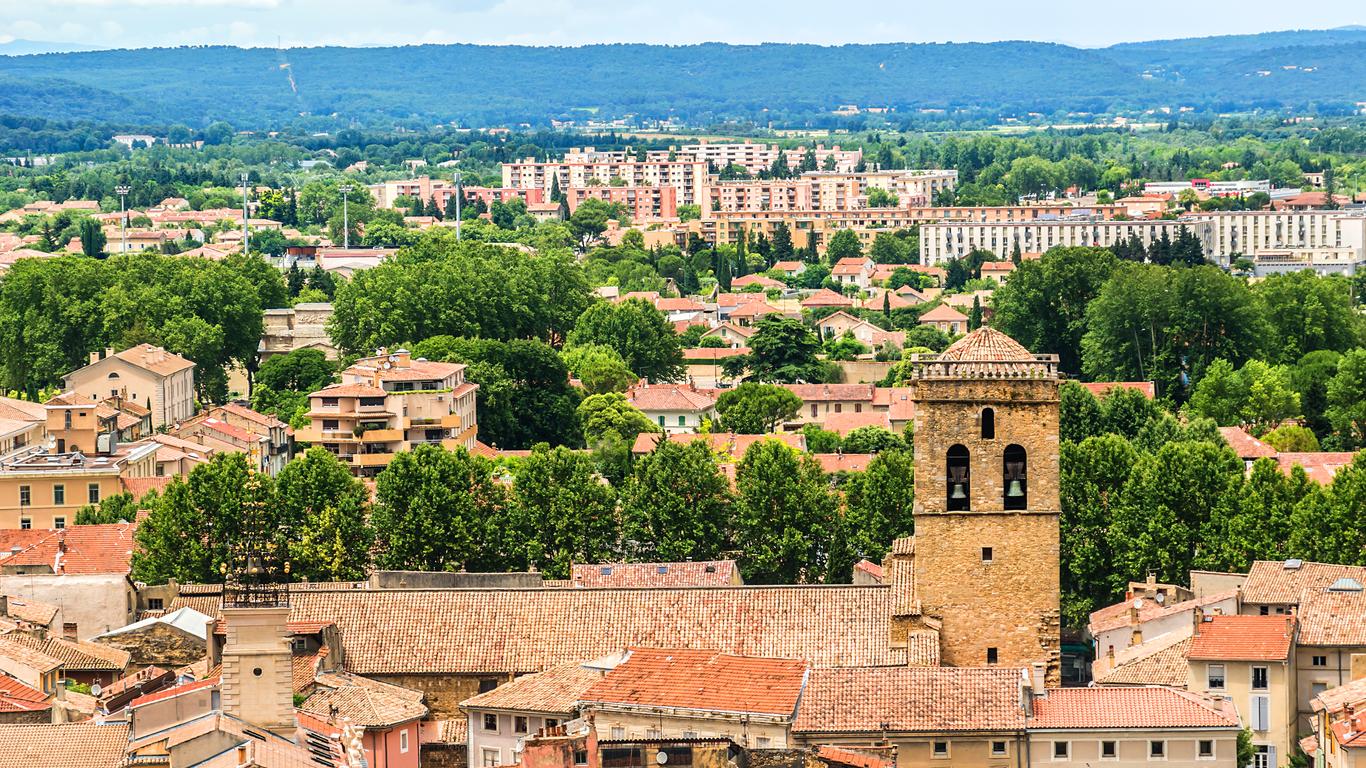Originally founded in 35 BC as Arausio, Orange is home to some of the best-preserved Roman ruins in France. It lies on the doorstep of the Châteauneuf-du-Pape wine-growing region, an area renowned for its Grenache-based reds.
Things to do in Orange
Dominating the northern entrance to Orange is the Triumphal Arch, which is dedicated to the Gaulish Legion for its role in founding Orange. If you continue south, you’ll eventually arrive at the monumental Orange Cathedral, a Romanesque-style church that became a Temple of Reason during the French Revolution. Highlights include the 14th-century bell tower and a painting commemorating the nuns who were martyred during the 1794 Reign of Terror.
No visit to Orange is complete without marvelling at the UNESCO World Heritage-listed Théâtre Antique, which is one of the most impressive amphitheatres in Europe. It boasts a 37-metre-high scaenae frons - a stone backdrop carved with niches and a statue of Caesar Augustus. Its immense stage provides a setting for the annual Chorégies d’Orange festival and has the capacity to seat 9,000 people.
Opposite the Théâtre Antique de Orange is Le Musée d’Art et d’Histoire d’Orange, which occupies a mansion built in the 17th century for Georges Van Cuyl. In addition to Roman artefacts, mosaics and marble slabs, its exhibits include curiosities, furniture and silverware belonging to the Gasparin family. On the second floor of the museum is a significant collection of paintings and engravings by Frank Brangwyn and Albert de Belleroche.
Getting around Orange
Orange is around 30 minutes’ drive from Avignon and just over an hour from Marseille Provence Airport. Regular trains connect from both Paris and Lyon to the Orange railway station and buses travel throughout the city. The centre of Orange is ideally explored on foot.





